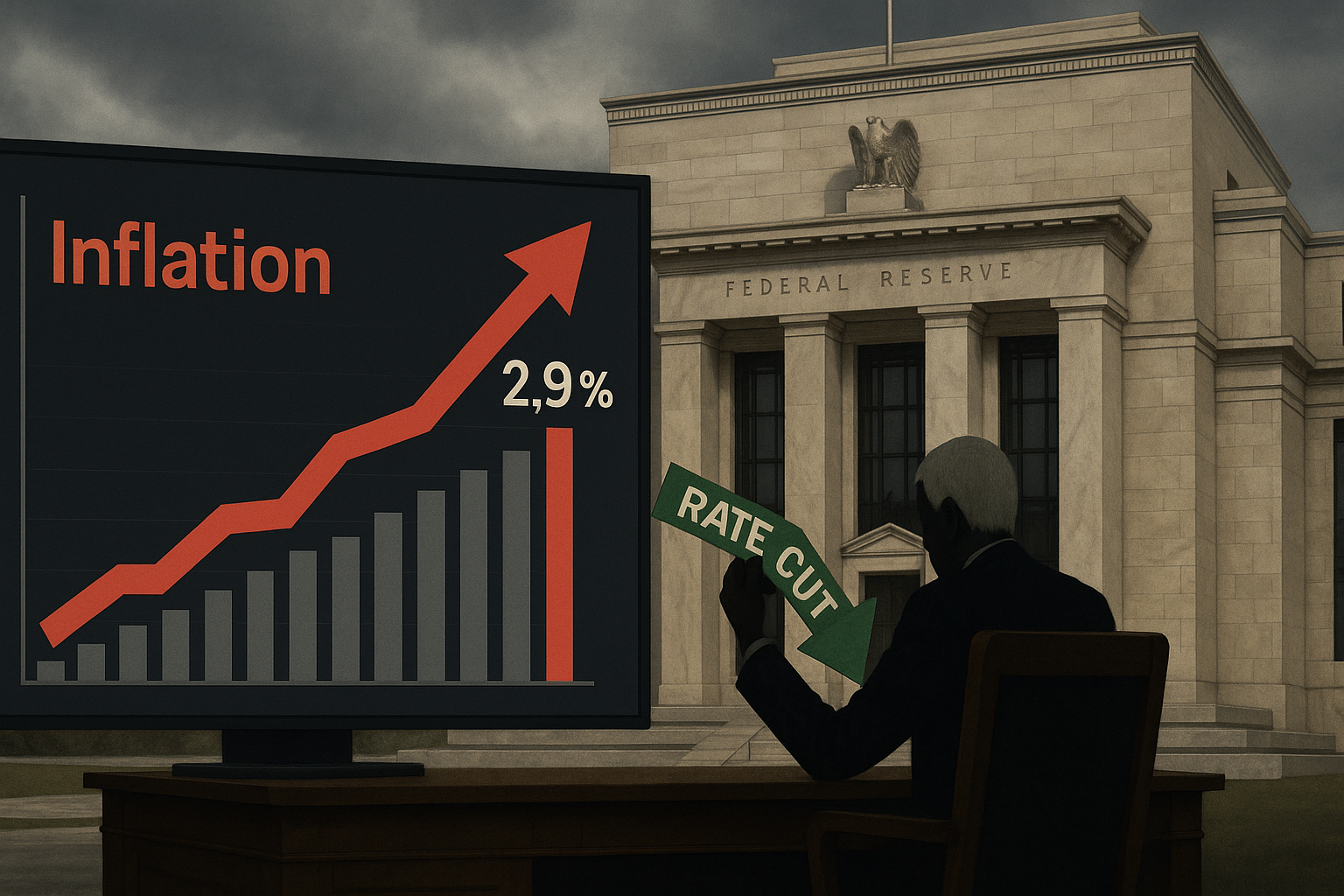Inflation has decided to crash the party again.
Just as the Federal Reserve seemed ready to celebrate taming the price beast with a slate of rate cuts, August's Consumer Price Index numbers landed with a thud Thursday morning. Year-over-year inflation hit 2.9%—noticeably above the 2.7% economists had penciled in and definitely heading in the wrong direction from July's more palatable reading.
The monthly figure? A disappointing 0.4% jump. That's double July's increase, folks.
I've been tracking these inflation reports for the past three years, and there's something almost comical about the timing. Markets had already RSVP'd to the Fed's September rate-cut party with near-certainty. Wall Street wasn't debating whether we'd get a cut—that ship had sailed—but rather how generous Powell would be: a modest quarter-point trim or a splashy half-point slash?
Now everything's complicated again. (Isn't it always with the economy?)
Look, a September cut probably still happens. The Fed has been telegraphing its intentions too clearly to suddenly ghost the markets. But this report is like showing up to a beach vacation and finding storm clouds rolling in—plans need adjusting.
Housing costs continue driving this inflation bus, and they're in no hurry to pull over. The lag effect of past rent increases keeps filtering through the system like a slow-release economic headache. Meanwhile, service inflation remains stubbornly elevated because—here's the irony—the economy is actually doing well! When people have jobs and paychecks, they'll shell out for services.
It's the economic equivalent of trying to lose weight while working in a bakery. The very strength that's kept us from recession makes squashing those final inflation points devilishly difficult.
"We're seeing the economy's resilience become its own challenge," said one economist I spoke with yesterday (who now wishes he'd been less optimistic in our conversation).
The market reaction played out exactly as you'd expect. Bond yields jumped up like they'd touched a hot stove. Stock futures headed south. And traders frantically recalculated odds on the size of September's cut—that half-point option looking about as likely now as finding affordable concert tickets five minutes after they go on sale.
There's a certain frustrating poetry to this moment...
After months—years, really—of markets practically begging the Fed to pivot toward cuts, inflation chooses this precise moment for an encore performance. It's almost as if the economy has a wicked sense of humor about these things.
I imagine Powell at his desk right now, red pen hovering over his carefully crafted September speech. The central bank has been promising relief for months. Now what? They'll likely still deliver a quarter-point cut rather than nothing (the reputational cost of a full reversal would be steep), but the roadmap beyond September suddenly looks like it was drawn in disappearing ink.
What remains unclear is whether this uptick represents a genuine trend or just a blip on the radar. Economic data has a nasty habit of sending head-fakes, after all.
Having covered the Fed through this entire inflation saga, I've learned one thing: central banking in the post-pandemic era isn't for the faint of heart. It's messy, unpredictable, and refuses to follow the textbook.
Which is why I'll be glued to my screen when Powell steps up to the microphone next week. The nuance in his delivery—those small verbal cues that hint at future plans—might matter more than the actual rate decision itself.
In the meantime, inflation's unwelcome encore performance continues. And we're all still waiting for it to finally, mercifully, leave the stage.
